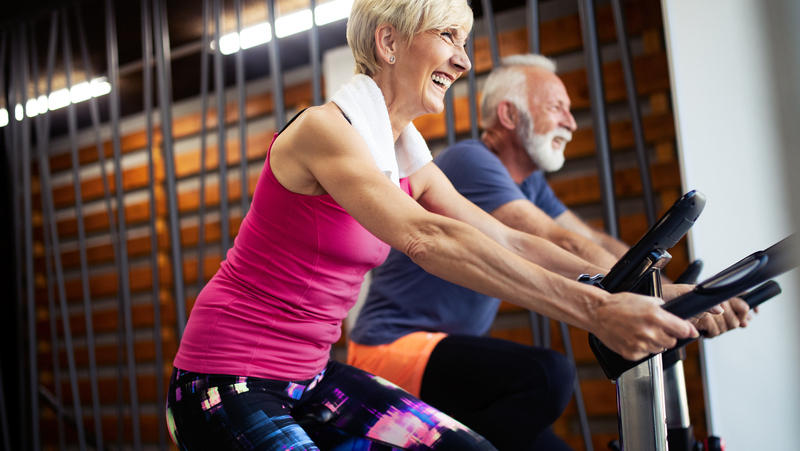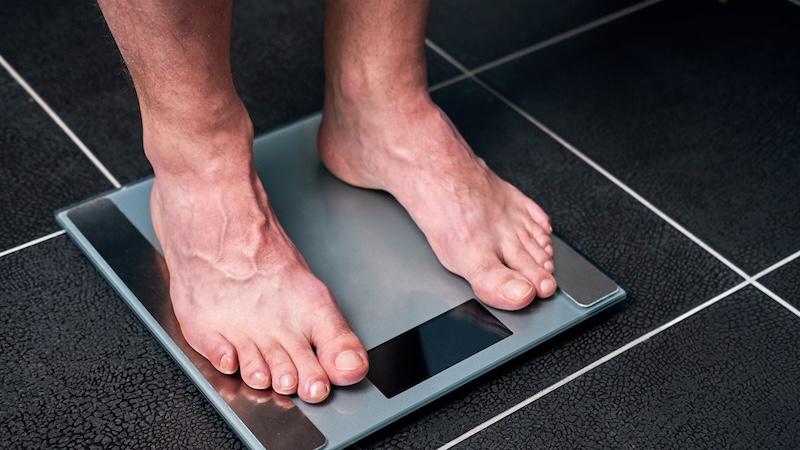How to Vary Your Cardiovascular Routine
Variety is the spice of life – and persistence

Choosing the right exercises and logging enough time are important in maintaining heart health. Mayo Clinic staff suggests ways to vary your cardiovascular routine so you can maintain your fitness resolve.
DEAR MAYO CLINIC:
Heart disease runs in my family, so I try to eat a mostly Mediterranean diet and get plenty of exercise. Lately, though, I feel stuck in a rut when it comes to my cardio workout. Do you have any advice for exciting exercises to improve my cardiovascular health?
ANSWER:
Eating well and exercising are key elements of a heart-heathy lifestyle, but choosing the right type of exercise and logging enough time are essential too. Cardiovascular training has many benefits, including chronic disease prevention and improved quality of life. It should be a staple of your weekly routine.
Cardiovascular exercises can be a challenge, and sometimes boring, for many people. But you can vary your cardiovascular routine in numerous ways.
Walking is certainly easy on the joints, but a cardio workout doesn’t have to be mile after mile of pounding the pavement or walking a treadmill. Switching up the type of exercise you do and the amount of time you spend doing it can dramatically improve your fitness.
Getting 150 minutes of cardiovascular exercises each week is important, according to the American College of Sports Medicine. But it is important to remember that cardiovascular training is any activity that increases your heart rate for a set amount of time. So if you are a walker, consider short spurts of walking mixed with jogging and sprinting.
More ways to vary your cardiovascular routine
There are many options to explore when it comes to cardio workouts. Consider what you can do in the comfort of your own home, outdoors, or in the gym. Swimming, running, cross-country skiing, stair-climbing, and jumping rope are examples of exercises that will increase your cardiovascular rate.
Think of activities you can do both indoors and outdoors. For instance, cycling is a great exercise to get your heart pumping while putting minimal impact on your joints. When the weather isn’t cooperating, a bike ride outside may not work, but a spin class or a stationary bike might.
Cycling has many benefits for your body, too. You’ll get an amazing cardio workout that challenges your legs and core muscles with minimal stress to your joints. If your joints cannot take the impact of walking or running, cycling can decrease pain while increasing aerobic capacity.
In the gym, you may be able to vary your cardiovascular routine without leaving your favorite machine. Many newer fitness machines are preprogrammed with a range of cardio workouts that are designed to vary the speed, grade, or resistance. They also can simulate rolling hills or large mountains and offer high-intensity intervals. Being able to alter the effort level not only helps keep you more involved, but also increases your fitness gains.
Interval training and cross-training
Instead of sticking to just one activity, consider adding interval training to your exercise regimen. Interval training is especially helpful if you’re pressed for time but you want a good cardiovascular workout. In as little as 20 minutes, you can put in the same amount of effort by working at a higher intensity than you normally would exert in 45 to 50 minutes at a moderate intensity.
Cross-training also can reduce your risk of injury. This approach challenges and strengthens your joints and muscles that aren’t necessarily used during your normal routine.
Another possibility is to try multiple activities within the same workout. For example, try the “10-10-10” workout. This is where you start on one machine and perform one exercise for 10 minutes. Then you move to a second machine and perform another exercise for the next 10 minutes. And then you finish with a third machine and perform yet another exercise for the last 10 minutes. Changing machines and exercises helps the time pass quickly and makes your workout less repetitive.
Regardless of what new activity you try, don’t forget to set small goals and work your way up. Don’t force yourself to ride a bike for an hour the first time. It’s important when starting any new exercise to ease into it so you are not injured.
There are many ways to vary your cardiovascular routine. When you try different activities, you’ll find which workouts you like most and what works best for you.
Mayo Clinic Q & A is an educational resource and doesn’t replace regular medical care. E-mail a question to MayoClinicQ&A@mayo.edu. For more information, visit www.mayoclinic.org.
© 2021 Mayo Foundation for Medical Education and Research. All Rights Reserved. Distributed by Tribune Content Agency, LLC.


